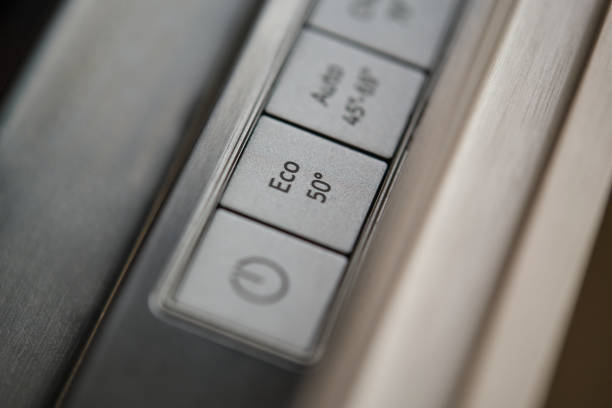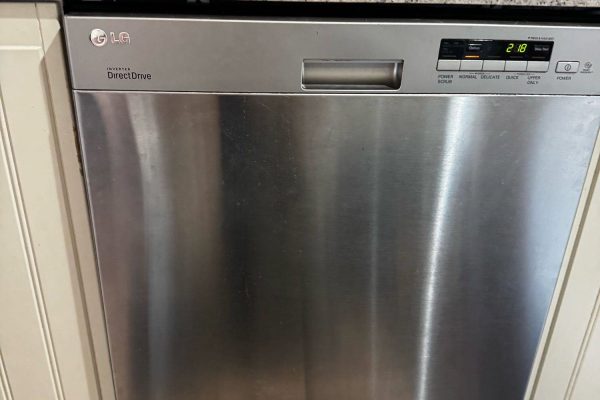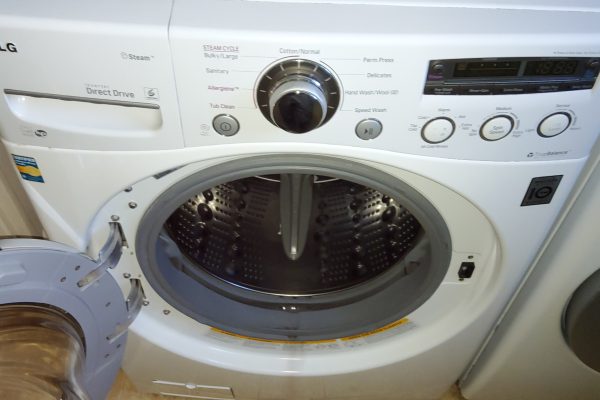Water leaks from the dishwasher can lead to costly water damage, mold growth, and appliance malfunction if left unchecked. Identifying the causes of water leaks and taking prompt action to address them is essential for maintaining a safe and efficient kitchen environment. In this comprehensive guide, we’ll discuss how to identify and eliminate the causes of water leaks from your dishwasher, from common culprits to troubleshooting tips and preventive measures.
Check the Door Seal:
The door seal is one of the most common areas for water leaks in dishwashers. Over time, the door seal can become worn, torn, or misaligned, allowing water to seep out during the wash cycle. To check the door seal:
– Visually inspect the seal for signs of damage, such as cracks, tears, or gaps.
– Clean the seal regularly with a mild detergent and warm water to remove dirt, debris, and detergent residue.
– Ensure that the door is properly closed and latched during operation to create a tight seal.
Inspect the Door Latch:
A faulty door latch can prevent the dishwasher door from closing properly, leading to water leaks. To inspect the door latch:
– Check for any obstructions or debris blocking the latch mechanism.
– Test the door latch by gently closing and opening the dishwasher door to ensure it engages properly.
– If the door latch is damaged or malfunctioning, replace it promptly to prevent water leaks.
Examine the Tub and Hoses:
Leaks can also occur due to damage or deterioration of the dishwasher tub or hoses. To examine the tub and hoses:
– Inspect the interior of the dishwasher tub for cracks, holes, or rust spots that may indicate structural damage.
– Check the hoses connected to the dishwasher for signs of wear, kinks, or leaks.
– Tighten hose connections and replace damaged hoses or fittings as needed to prevent water leaks.
Check the Float Switch and Float Assembly:
The float switch and float assembly help regulate the water level inside the dishwasher. If the float switch or float assembly is malfunctioning, it can result in overfilling and water leaks. To check the float switch and float assembly:
– Locate the float assembly inside the dishwasher tub, typically near the front or side.
– Ensure that the float moves freely up and down without obstruction.
– Test the float switch for continuity using a multimeter to determine if it is functioning properly.
– Replace the float switch or float assembly if it is damaged or defective.
Inspect the Drain Pump and Filter:
Clogs or obstructions in the drain pump or filter can cause water to back up and leak from the dishwasher. To inspect the drain pump and filter:
– Remove the bottom rack of the dishwasher to access the drain pump and filter.
– Check the drain pump for any debris, such as food particles or utensils, that may be obstructing the impeller.
– Clean the drain filter to remove any accumulated dirt, grease, or debris that could be causing clogs.
– Run a short cycle with the dishwasher empty to flush out any remaining debris from the drain system.
Test for Water Supply Line Leaks:
Leaks from the water supply line can occur if the connection is loose, damaged, or corroded. To test for water supply line leaks:
– Turn off the water supply to the dishwasher.
– Inspect the water supply line for signs of leaks, such as puddles or dampness around the connection.
– Tighten the connection if it is loose or replace the water supply line if it is damaged or corroded.
Perform a Leakage Test:
Once you have inspected and addressed potential causes of water leaks, perform a leakage test to ensure that the issue has been resolved:
– Load the dishwasher with dishes as usual.
– Run a short wash cycle while monitoring the dishwasher for any signs of water leaks.
– If no leaks are detected during the wash cycle, the issue has likely been resolved. If leaks persist, repeat the troubleshooting process or seek professional assistance.
Water leaks from the dishwasher can be a frustrating and potentially costly problem. By identifying and addressing the underlying causes of water leaks, you can prevent damage to your home and appliances and ensure the safe and efficient operation of your dishwasher. From checking the door seal and latch to inspecting the tub, hoses, float switch, and drain pump, following these troubleshooting tips will help you eliminate water leaks and enjoy hassle-free dishwashing for years to come.
Our services are your reliable way to solve problems with household appliances! If your appliances require repair, don’t worry – contact Oceanside Appliance Service Center and we will help you forget about any inconvenience.
Our company has many years of experience in repairing household appliances of various brands and models. Our team of highly qualified technicians has deep knowledge and experience in working with refrigerators, washing machines, dryers, dishwashers, stoves, ovens and other devices.
We guarantee a professional approach to each task and the use of only original spare parts for repairs. Restoring your household appliances to optimal condition is our main goal.
Contact us


